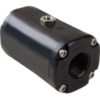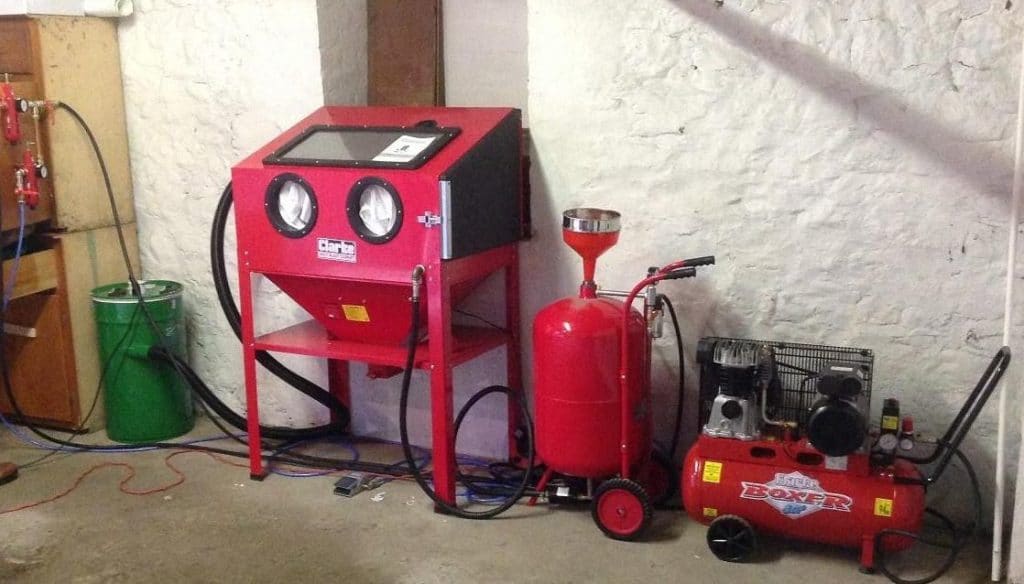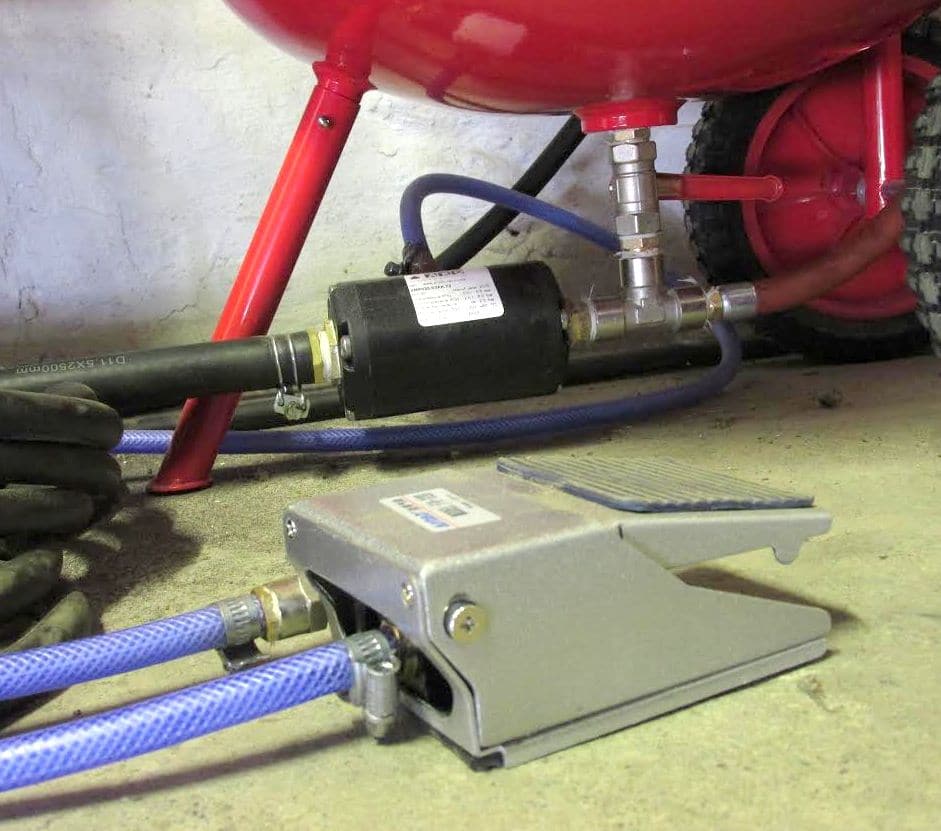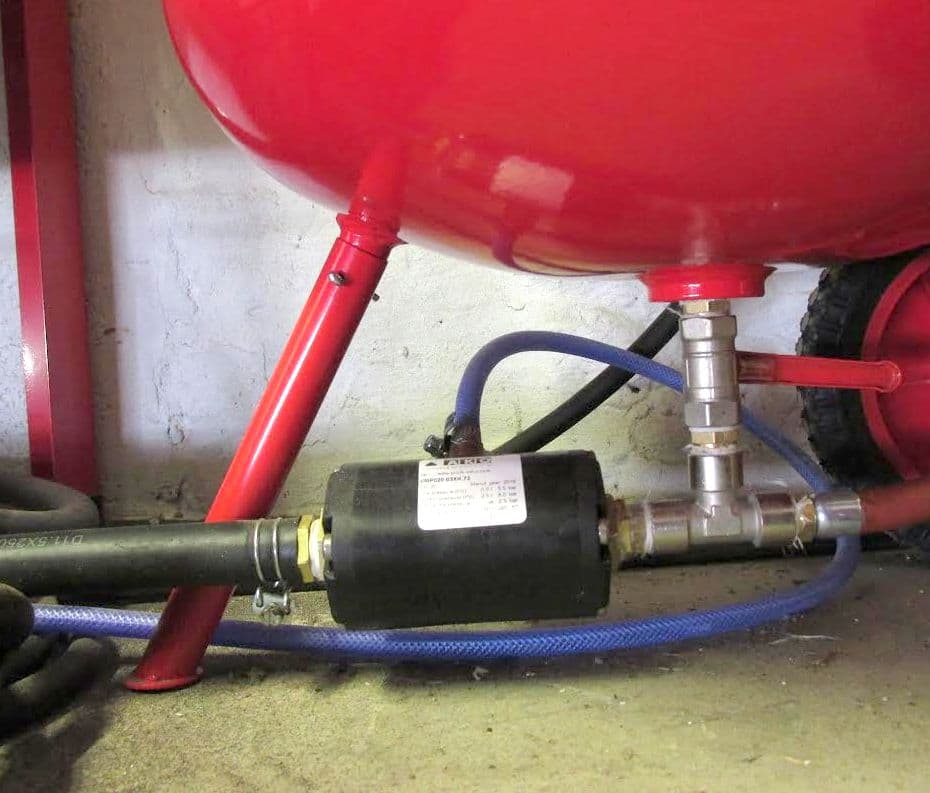An arts/craft glass studio working with fused glass and decorative sandblasting on glass and stone are using a VMP type plastic Pinch Valve from AKO in their sand blasting cabinet.
The art studio have only been using the Pinch Valve for less than one year so far, but already have positive feedback about it. One of the users of the Pinch Valve states:






